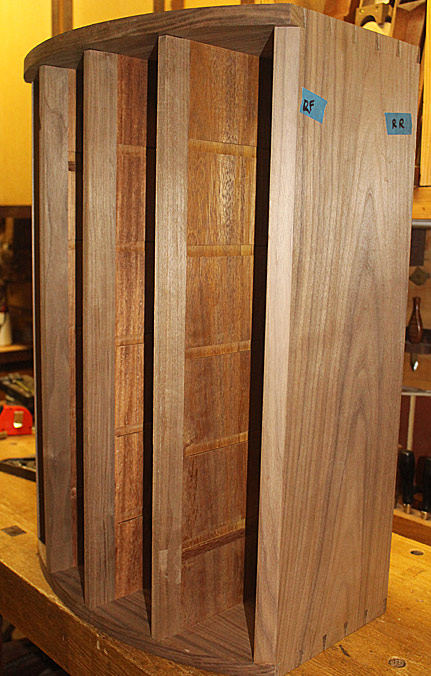One way to save time & effort when cutting dados for shelves is to align the left and right sides of the case and cut the dados for both sides together.
This can be a little tricky if one is cutting stopped dados. For appearance the only side that needs to be stopped is the front face. So make sure all is square and align the backs.
My objection to using a powered router is it always seems to grab somewhere and skew off course.
jtk
"A pessimist sees the difficulty in every opportunity; an optimist sees the opportunity in every difficulty."
- Sir Winston Churchill (1874-1965)






 Reply With Quote
Reply With Quote








